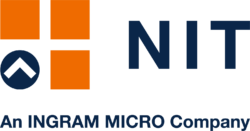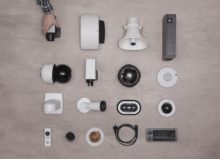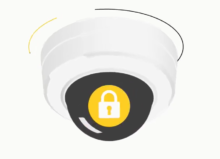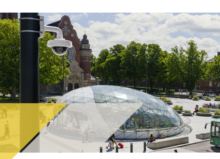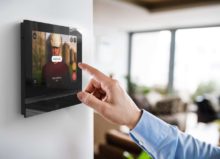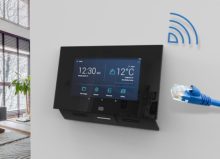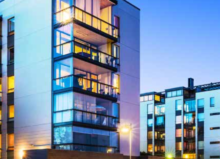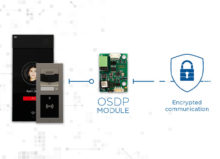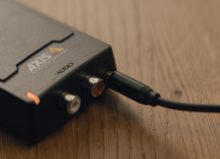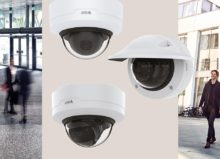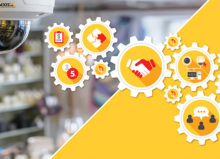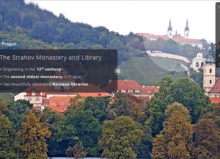Are we already living in the future?

Spearheading innovation is no easy thing. It takes commitment to soldier on through the tests and trials. But also, to combat the skepticism, opposition, and even ridicule that you can encounter when you go against the grain – which is often the case when you try to break new ground.
For us innovation has always been crucial. We keep on driving change in the security industry. It has not always been plain sailing, but compared to Swedish entrepreneur and information technology visionary Jonas Birgersson, it has been a gentle breeze.

He was a leading figure of the Swedish IT wave that disrupted business models and created a veritable investor Klondike around the turn of the century. The IT bubble burst in 2000, but much of what Jonas predicted then is now conventional wisdom.
Jonas is still active, working with business support systems for broadband services. Recently, I talked to him about smart buildings and if he sees any game-changers on the horizon?
“The future is already here. It’s just unevenly distributed,” he said and explained that the technology is already available, mature, well tested, and integrated into numerous applications across many large businesses. This practically removes any risks. Still, the real estate sector has been slow to catch on, missing out on many of the benefits of digitization.
According to Jonas, one reason is that IT infrastructure silos are still common. Few players control or own the infrastructure vertically, including, for example, fiber and masts, data transmission, internet access, and various services, such as apps and email.
Among the results are slower innovation, reduced influence and choice, cartels, high costs, and proprietary systems. Explaining the benefits of changing this, Jonas pointed me towards the so-called “Lasagna model”, which has been used by the Royal Swedish Academy of Engineering Sciences, IVA, to describe a layer structure.
“When you spread the control of infrastructure and processes, there is a level playing field. In each layer, different players can compete and do what they do best. In the best case, companies are spurred on to be creative and to come up with innovations,” Jonas explained.
The result is more cost-effective systems with improved functionality. The use of common standards and open platforms will vastly improve interchangeability and freedom of choice. You can choose the supplier and services that best suit your needs. Tenants will get enhanced customer experience, and by adding new services, house-owners can get another source of income.
When we talk about smart buildings – residential, commercial, or industrial – we want to push the borders, going beyond the basic functionality of analog and proprietary systems.
With an open platform, you can add and connect the right technologies, devices, and functionalities regardless of the manufacturer. For example, connected to an IP network can be about so much more than letting people through a door. When door stations, cameras, audio, and sensors start talking, and intelligent analytics do some thinking, you can develop really creative solutions.
But it goes beyond security. What if you arrive at the office, and your access card triggers the ventilation? Turns on your desk lamp? Adjusts the height of your desk? All according to your pre-set tastes. There’s an ocean of possibilities.
With IP-based access control, you will also get unmatched scalability and futureproofing. It doesn’t matter if you’ve got one or a thousand doors. Adding new door stations, or other devices or new functionalities will not be a problem when your requirements change.
If you’re a house-owner, maybe you say, “Yeah, that’s fantastic, but we’re stuck with our hefty investment proprietary access system.”
According to Jonas, this isn’t a problem. You don’t have to change everything at once. During a transitional period, you can keep old infrastructure and change to open standard components when they need to be updated or break. Over time, your system will be increasingly open.
So, as you can see, there is a lot to gain from changing to a layer structure. If you want to know more about this and IT infrastructure in general, the IVA report is an excellent place to start (unfortunately only available in Swedish). Otherwise, feel free to contact me, especially if you want to learn more about the possibilities of network access control systems in smart buildings.
Read more:
Source: https://www.axis.com/blog/secure-insights/are-we-already-living-in-the-future/
